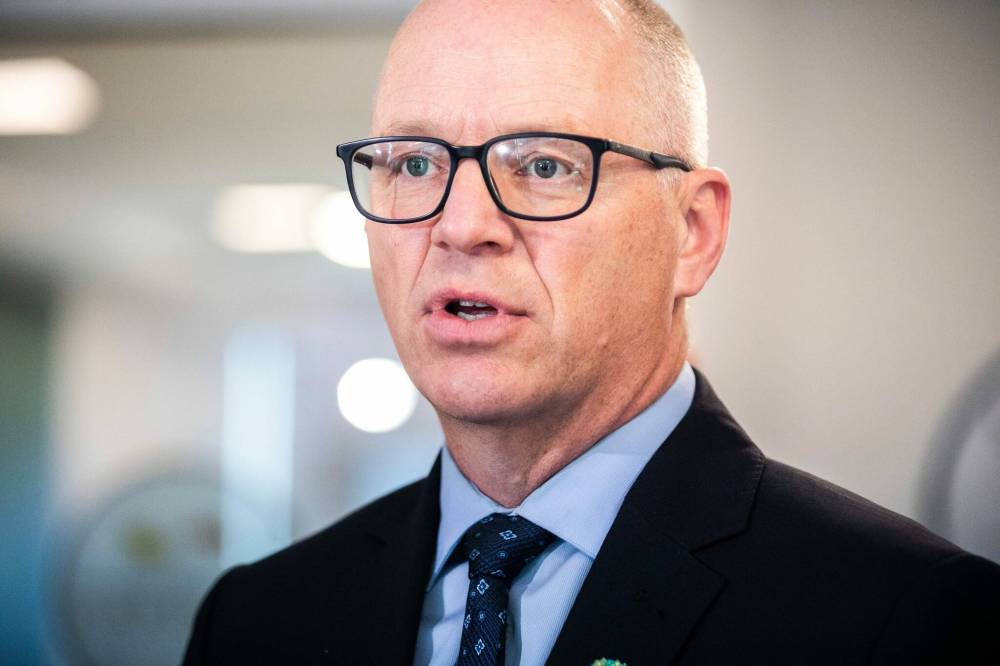Clock ticking on city’s budget deficit
Advertisement
Read this article for free:
or
Already have an account? Log in here »
To continue reading, please subscribe:
Monthly Digital Subscription
$1 per week for 24 weeks*
- Enjoy unlimited reading on winnipegfreepress.com
- Read the E-Edition, our digital replica newspaper
- Access News Break, our award-winning app
- Play interactive puzzles
*Billed as $4.00 plus GST every four weeks. After 24 weeks, price increases to the regular rate of $19.00 plus GST every four weeks. Offer available to new and qualified returning subscribers only. Cancel any time.
Monthly Digital Subscription
$4.75/week*
- Enjoy unlimited reading on winnipegfreepress.com
- Read the E-Edition, our digital replica newspaper
- Access News Break, our award-winning app
- Play interactive puzzles
*Billed as $19 plus GST every four weeks. Cancel any time.
To continue reading, please subscribe:
Add Free Press access to your Brandon Sun subscription for only an additional
$1 for the first 4 weeks*
*Your next subscription payment will increase by $1.00 and you will be charged $16.99 plus GST for four weeks. After four weeks, your payment will increase to $23.99 plus GST every four weeks.
Read unlimited articles for free today:
or
Already have an account? Log in here »
Hey there, time traveller!
This article was published 26/11/2024 (336 days ago), so information in it may no longer be current.
Winnipeg Mayor Scott Gillingham says he does not believe the city will have to cut services to deal with a worsening cash crunch at city hall.
However, he has not ruled out a higher property tax increase for 2025.
Winnipeggers could, in fact, be facing both if the provincial government does not come to the table soon with a new funding model for the City of Winnipeg, one that preferably includes new growth revenues for city hall.

MIKAELA MACKENZIE / FREE PRESS
Winnipeg Mayor Scott Gillingham
According to the latest estimates by the city’s finance department, the City of Winnipeg is expected to end 2024 with a deficit of $23.4 million in its tax-supported budget. That is $4.2 million higher than predicted in the previous finance report, which was based on data up until June 30. The latest forecast was based on information up to Sept. 30.
Normally the entire shortfall would be covered by the city’s financial stabilization reserve, a pot of money used in the past to offset deficits. Trouble is, the fund is expected to be drained this year.
In past years, the reserve would be replenished when the city posted surpluses. However, surpluses have been few and far between at city hall in recent years as it grapples with a growing structural deficit.
If the city ends this year with a $23.4-million shortfall, it plans to use the remaining $14.3 million in the financial stabilization reserve to cover some of it. The balance — $9.1 million — would be addressed in next year’s budget.
Gillingham said last week that in the 10 years he has been at city hall, he has never seen a deficit from one year get transferred to the next.
It’s unclear how that may impact the city’s 2025 budget. However, the mayor says he has no plans to cut services, like reducing library hours, closing wading pools or cutting back on park maintenance.
When asked, though, if the city may have to increase property taxes beyond the current 3.5 per cent, Gillingham did not rule it out. One or both (or some other type of cost reduction) will almost certainly be required to cover the 2024 shortfall.
The grim reality is that even without the unusual situation of having to cover a deficit from a previous year, the city was already facing the prospect of raising property taxes higher than anticipated and/or finding cost savings, possibly through service cuts.
The likelihood that the financial stabilization reserve will be drained this year and will not be available next year to act as a fiscal cushion makes that scenario even more likely.
The city has for years called on the province for a new funding model, one that would include new growth revenues that keep pace with inflationary cost increases. But to date, those requests have fallen on deaf ears.
The current NDP government has not ruled out a change to the city’s funding model. However, it has still not confirmed what it plans to do.
Meanwhile, time is running out. If the city raises property taxes beyond 3.5 per cent, it would disproportionately affect lower-income homeowners. If the NDP government is truly concerned about affordability for Manitobans, particularly low-income ones, it should act swiftly to avoid that outcome.
The latest fiscal forecast shows that the financial crisis at city hall is getting worse and cannot be solved by incremental cost savings. The situation will not improve until the province negotiates a new funding deal for the city.






